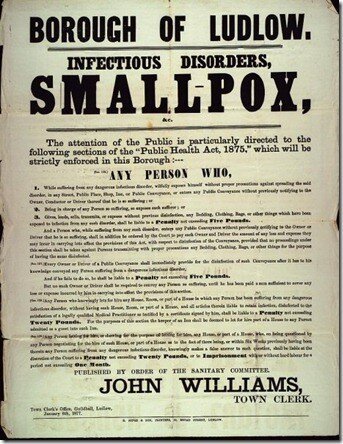by Colin Burbidge & Jane Elliott
It is a shame that this year we have a wet Saturday for the annual Throwleigh Fete. Hopefully after the downpour in the night it will brighten up this afternoon.
However if we travel back in time, this report from the pages of the newspaper ‘The Western Times’ paints a vibrant picture of the fete as it was almost 100 years ago – in ‘brilliant weather’…
Whiddon Down! I wondered if Daniel, of Uncle Tom Cobley fame, had anything to do with this truly rural spot, and whether I should find him, with his confreres, jogging up the road to Throwleigh Fete. I did not, so my supposition was negative, but I went to Throwleigh with pleasurable anticipation. The two-and-a-half miles walk to the Downs of Throwleigh, and over the hill's brow, where the nuts are already growing in profusion, brought me within sight of this Devon village. It was good to be alive; breathing English air under an English Heaven, The Throwleigh of my imagination was just the same in reality; the modern idea had not encroached on this pretty home of country life. Serene, sincere, Throwleigh Downs were “en fete”, and here, naturally enough, was gaiety, and something of the commercial, but nothing, not even the most raucous bookmakers shout—could spoil my countryside which was so big, and which stretched all around. Throwleigh annual fete showed that those responsible were not one whit lacking in knowledge of what would be most likely to attract. Every possible effort was made to ensure success.
Throwleigh was gaily bedecked with flags and bunting in pleasant contrast with the simple rusty-grey stone of the church and other landmarks. There could not have been a more convenient spot for the day's revels than the Downs (lent by kind permission of Mr. J. Powlesland). Rousing selections were played by the Chagford Silver Band. The attendance greatly increased as the afternoon wore on, though the brilliant weather caused many to miss the sports in favour of the important task of saving the hay.
Every credit is due for the way in which the arrangements were made by the President, Dr. J. Rashleigh, Esq., M.D, J.P and the committee. The sports side included events of every description, affording chances to all. There were local events and a sprinkling of open events, both horse and foot. At the conclusion of the sports Mrs. Elizabeth Rashleigh presented the prizes. A fitting ending to the day's enjoyment was a dance held on the floor at the Rashleigh’s charming residence. (From the Western Times August 5th, 1927).
Sweet pea winners - Throwleigh Fete August 2018
Egg throwing competition: Throwleigh Fete 2018
In 1927 Dr J Rashleigh played a major role in organising the Fete as president of the committee. He had purchased Throwleigh Rectory with 9 acres of Glebe land, 25 years before in 1902. Following major renovations, in August 1903 he and his first wife held a ‘housewarming’ as the following extract from the Western Times reports.
Invitations were issued to all the villagers to join in the festivities. About 3.30 the Chagford Band arrived, and soon after the sports began. There was an event for married women, being a pig hunt, the catcher to become its owner. The pig was well greased, and ten competitors started in pursuit. This race was very exciting, and the pig made good progress until it got into long grass, with its course being greatly impeded, it soon fell into the arms of Mrs. Dicker.
A sumptuous tea was next provided for women and children, as well as for men, in a large marquee. Most of the men indulged in cricket. After tea Mrs. Rashleigh distributed prizes to the children for skipping, etc., till every child on the grounds was the possessor of very nice present. Then the gong sounded for dinner. This, too, was held in the same marquee, food consisted of good old English fare, roast beef, and plum pudding, etc., which did great credit to the cook. While, the men and women, upwards of 130 in number, were enjoying their hot dinner, the youngsters enjoyed games. Dinner over, all were invited on to the terraces, where the men enjoyed their pipes, and cigars which were liberally supplied, while the women admired the extensive alterations and grandeur of the house. About 7.30 a large number of Chinese lanterns which surrounded the South-East lawn were lit, and then dancing commenced with great gusto to the enlivening strains of the band. This continued till nearly 10, and all were now thoroughly tired, Mr. R. Dunning proposed a vote of thanks, this was heartily responded to with many hearty cheers and the singing of "For he's a jolly good fellow. (From the Western Times 28th August 1903)
Following divorce from his first wife in 1921, Dr. John Rashleigh married his second wife Elizabeth Grant in August of the same year, and they would be active supporters of both Throwleigh and the county of Devon for many years to come. Together they organised Throwleigh Village Fete with great success for many years.
Rashleighs (formerly the Rectory) © Chris Chapman





